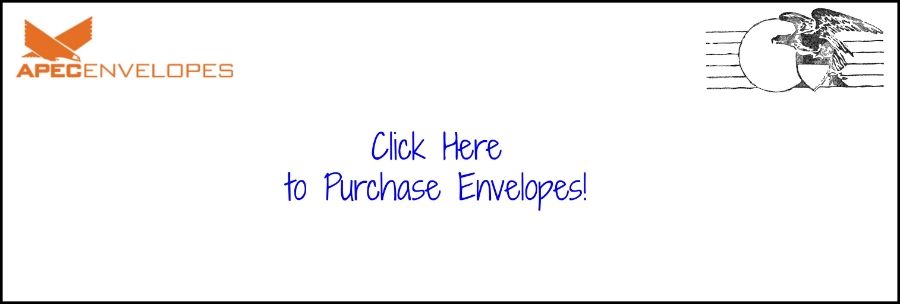It’s that time of year again: a time of pumpkin patches, candy corn, costumes, haunted houses, and pumpkin spice lattes. And as we approach this spooky holiday, you may be planning a Halloween party of your own. Planning a party is stressful enough without having to worry about what to do for invitations. Fear not! We've made a list of fun techniques for creating your own spooky invites! Also, remember to check out our Halloween sale, this month only!
Rubber Stamps: If
you’re pressed for time, consider finding yourself a few Halloween-themed stamps. Stamps are quick and easy to use, and can result in a very nice looking invitation.
Coloring pages: Making cards doesn't have to be a chore! If you have kids, try a print-out coloring card.
This is a fun way for kids to help out and have a great time! And, best of all,
while your kids have fun doing your work for you, you can focus on other
things.
Online design: Are you a Photoshop wizard, a master of
graphic design? Consider creating your own custom invitation in an
image-editing program. Then just print out your invitation and send them to your guests!
Tip: Make sure to print your design onto high-quality thick paper.
Family photo: There’s nothing better (or cuter!) than a photograph of your
kids all dressed up for Halloween. For a personal touch, include your family
photo on your card! If you don’t have a picture from this year, consider
using last year’s Halloween photo.
Shaped
cards: It may be hip to be square, but sometimes it's more fun to use a new shape. Try cutting your invitations into Halloween shapes like pumpkins, ghosts, or bats. Or, if you want something more structured, check out this great tutorial for owl-shaped invitations from Martha Stewart! And if you need supplies, check out our high-quality card stock and once you've finished your spooky owl cards, here are some Halloween-themed envelopes to send them in.
Party favor invitation: If you want to kill two birds with one stone, try out this fun tutorial for Halloween Luminary Invitations from Martha Stewart. And if you're running low on glassine envelopes, check out our wide selection here!
What's your go-to design?
Of course there are many more ways to decorate your Halloween party invitations. Do you make your own cards every year? Share your favorite invitation ideas and photos below! Have a happy Halloween!
Also, have you signed up for our newsletter yet? Simply click here and you’ll receive fresh new ideas, conveniently delivered to your inbox!



.jpg)






